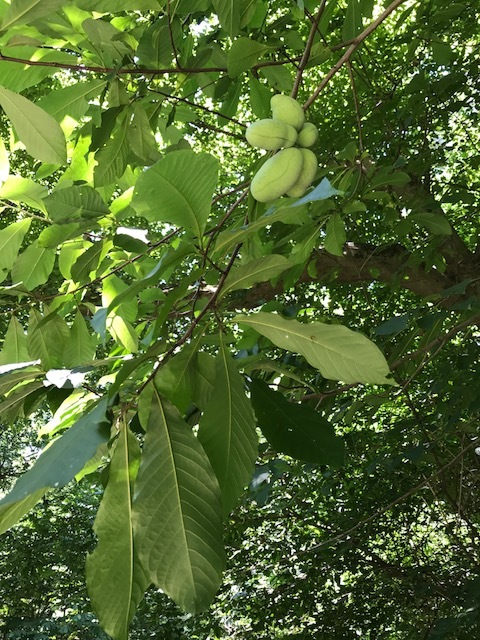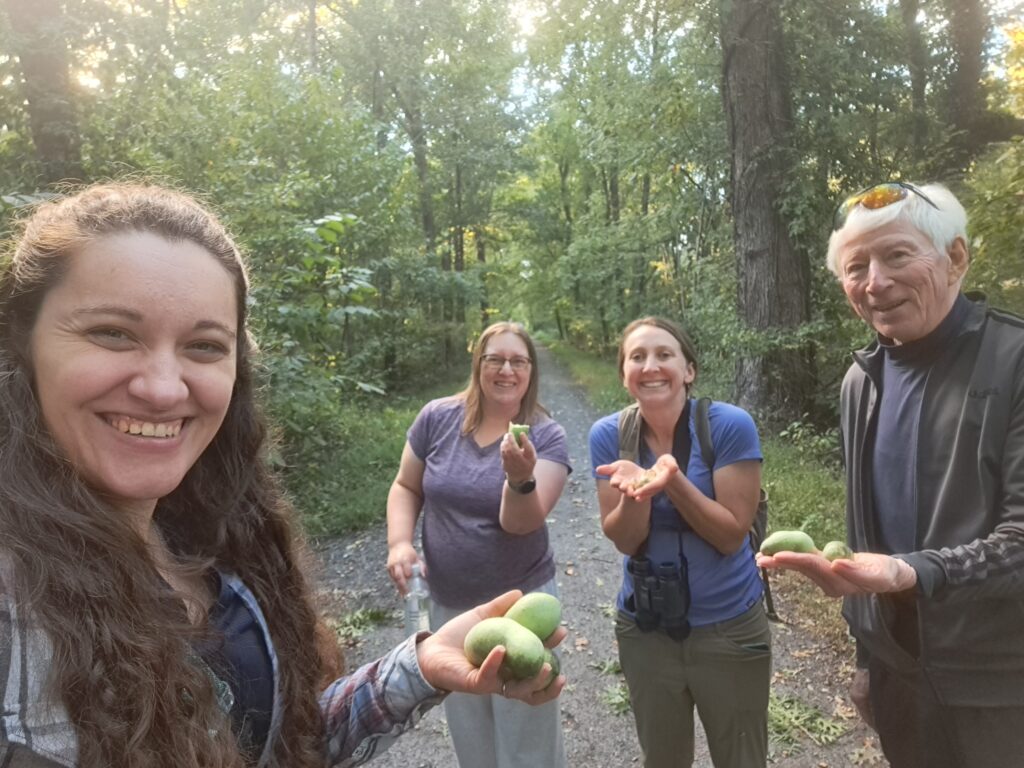
Photo by Jon Wolz
Pawpaw trees or Asimina triloba are a smaller variety of deciduous trees native to Eastern North America. These trees produce the largest edible fruits that are native to the United States, the pawpaw fruit. Historically pawpaws have been eaten by many tribes east of the Mississippi River as well as being favored by some founding fathers. The season for pawpaw fruits typically ranges from September to October, with the range being later further North.
You are likely wondering, What does pawpaw even taste like? According to those who have tried pawpaw, its flavor profile is similar to that of banana, mango, or cantaloupe, with a custard-like consistency. This makes pawpaw popular for ice cream, puddings, and baked goods.
Intrigued?
Many people, especially those not native to Appalachia, are unfamiliar with the pawpaw fruit. The reason for that is simply that they are not suitable for widespread commerce. Once ripened pawpaw have a shelf life of 2-3 days at room temperature or one week if refrigerated. The short shelf life makes them more likely to be found at a local farmers market than at any grocery store. So, where can a fruit so seemingly obscure be found? Pawpaws are plentiful in the C&O Canal National Historical Park. According to the rules found in the Superintendent’s Compendium, individuals may collect a half gallon of pawpaws per day per person inside the park.
When Can Pawpaw Fruits Be Collected?
Excellent question! During the early stages of growth the fruit start off green. As the fruit matures it may become more of a yellow-green or brown. However, the best way to tell if they are ripe is when they have fallen off the trees. This is why the term collecting is used in place of picking. Like peaches or avocados, the ripe fruit will be soft and it should also have a sweet and semi-tropical aroma when cut. If you do go out to collect pawpaw, please remember to collect only what you need. Please be sure to leave some for other visitors and the wildlife in the area.
To encourage you to try pawpaws for yourself we’ve included a few recipes below to help get you started. Happy collecting!

Photo by Ellen Kinzer



